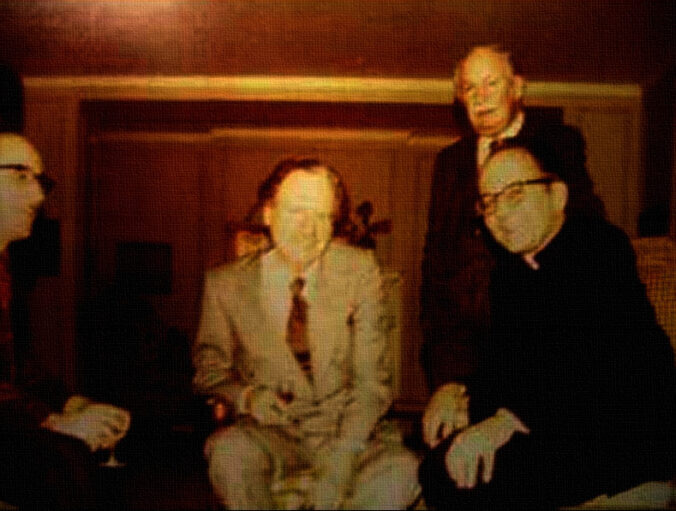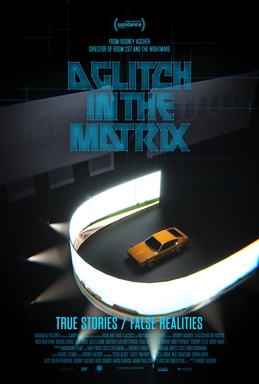Affordances are, for cognitive scientist John Vervaeke, the primary features of our perceptual salience landscape. The overlap between the salient landscape and McLuhan’s inner landscape are striking. Whatever is salient to us in our environment comes to our attention by proposing some interaction or participation with it (i.e. involvement for McLuhan). For the English professor McLuhan, steeped in art criticism, it is the deviation between the interior landscape and the material environment which he found of particular salience—particularly as it this gap presented itself as an abysmal, in-salient void to nearly everyone else.
After James Gibson coined the term affordance (he also coined the term percept in the ’50s, a term used by McLuhan in counterpoint to concept) the handle was taken up by product designers and HCI (human computer interaction) theorists as a means of creating easy-to-use
…



